Different Types of Spirometers | CMI Health
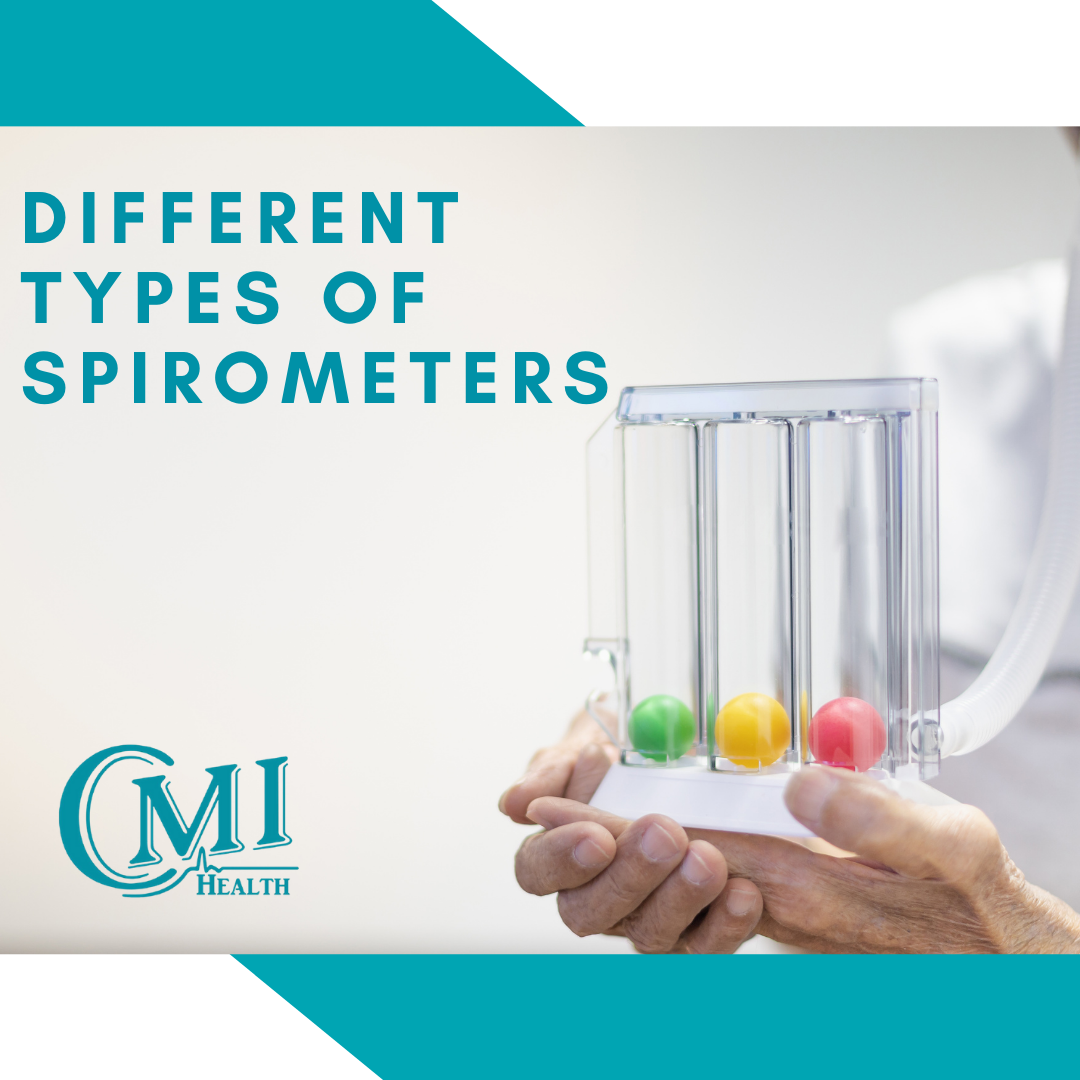

Different Types of Spirometers
Basic Incentive Spirometer: Incentive spirometers are handheld devices used to promote lung recovery after illness, infection, or surgery. This is a very basic device (pictured below), which operates via a piston system. Essentially, when the user breathes in, pistons on the inside of the tube will rise, actively measuring the amount of air taken in by the lungs (Healthline, 2020). Inhaled air is the only measurement an incentive spirometer can provide. The purpose in using an incentive spirometer is to promote lung activity and prevent fluid from building up, hindering pneumonia from developing.
Here is a picture of an incentive spirometer for reference:

Professional Spirometer: Professional grade spirometers often operate with the same type of pressure sensor technology as the SpiroLink (measuring exhaled air with a pressure plate). The difference is that these devices are generally far more expensive and require a prescription to order. Professional spirometers are incredibly accurate and provide measurements for PEF (Peak Expiratory Flow Rate), FEV1 (Forced Epiratory Volume in the first second you exhale), and FVC (forced viral capacity). They are often large or bulky devices that are connected via cable to a small computer or screen. This type of monitor is impractical for basic home use and hard to obtain for users without a prescription.
Digital Peak Flow Meter: Unlike an incentive Spirometer, peak flow meters measure exhaled air from the lungs. These devices are also capable of measuring PEF (Peak Expiratory Flow Rate) and FEV1 (Forced Expiratory Volume in the first second you exhale). The digital aspect means they are electronically functioning devices that measure exhaled air via an internal turbine system. The problem with internal turbine systems is that they are susceptible to debris and damage, resulting in a shorter device lifespan.
Though digital peak flow meters are useful most currently available on the market today, do not measure FVC (forced viral capacity) - the total amount of air measured duringan FEV test. They are also non-rechargeable (require batteries) and are not compatible with any Bluetooth function or App features. This is different from Spirolink which measures all three variables, is rechargeable, and has a compatible iOS and Android app.
Other Digital Smart Spirometers: Similar to Digital Peak Flow meters, Digital Smart Spirometers (other than SpiroLink) only measure PEF and FEV1 and are not rechargeable. They operate based on an internal turbine system and do not measure FVC, unlike SpiroLink. While Digital Smart Spirometers do have compatible apps and Bluetooth function, they oftentimes lack a digital screen, making them difficult to use without their respective application.
SpiroLink (Digital Smart Spirometer): SpiroLink is an innovative, digital spirometry device designed for at-home and on-the-go use. SpiroLink’s unique design differentiates itself from the majority of other digital spirometers or peak flow meters on the market. Rather than an internal turbine system, this clinical grade device utilizes a pressure sensor that accurately measures PEF, FEV1, and FVC. The pressure sensor design helps to prevent damage from debris, dust, or mucus, extending the lifespan of the device.
The Bluetooth feature and digital screen allow users to operate SpiroLink with or without an app. Users can also download lung health reports from the device that can then easily be shared with physicians and family members.
For more information on SpiroLink’s features check out the picture below!

Here is a chart that highlights the major differences between each of these devices. For more information on how to use a digital Spirometer, click here!




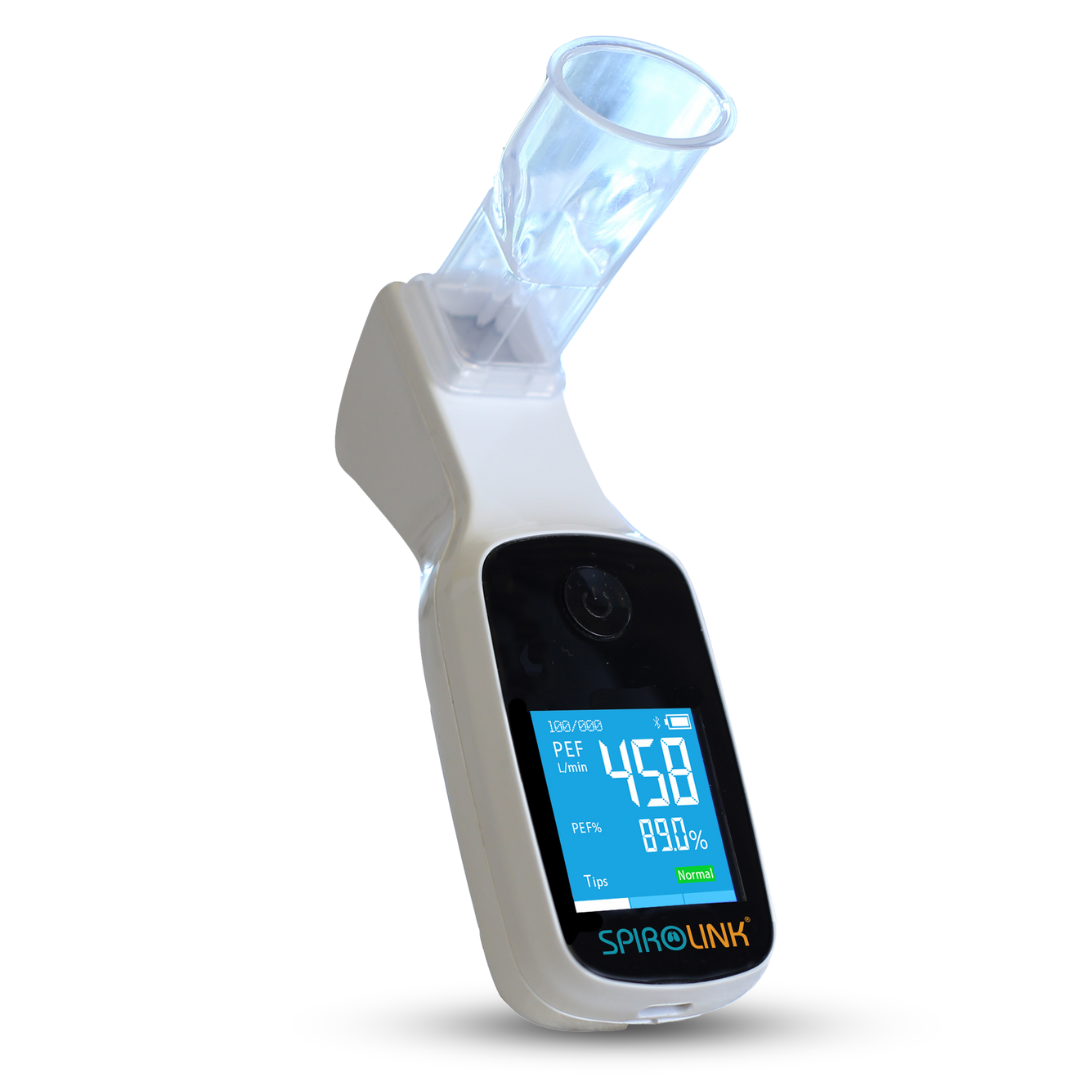
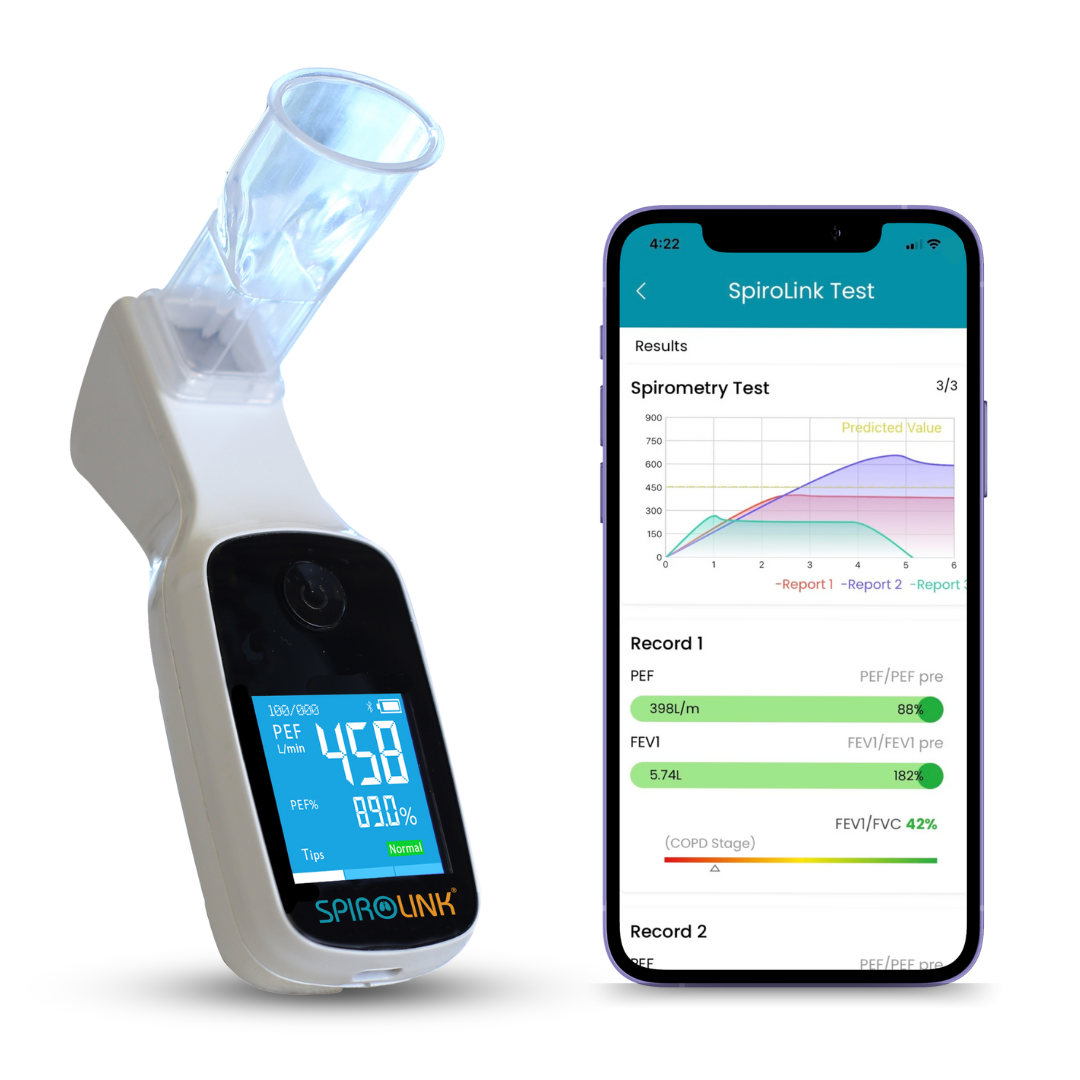
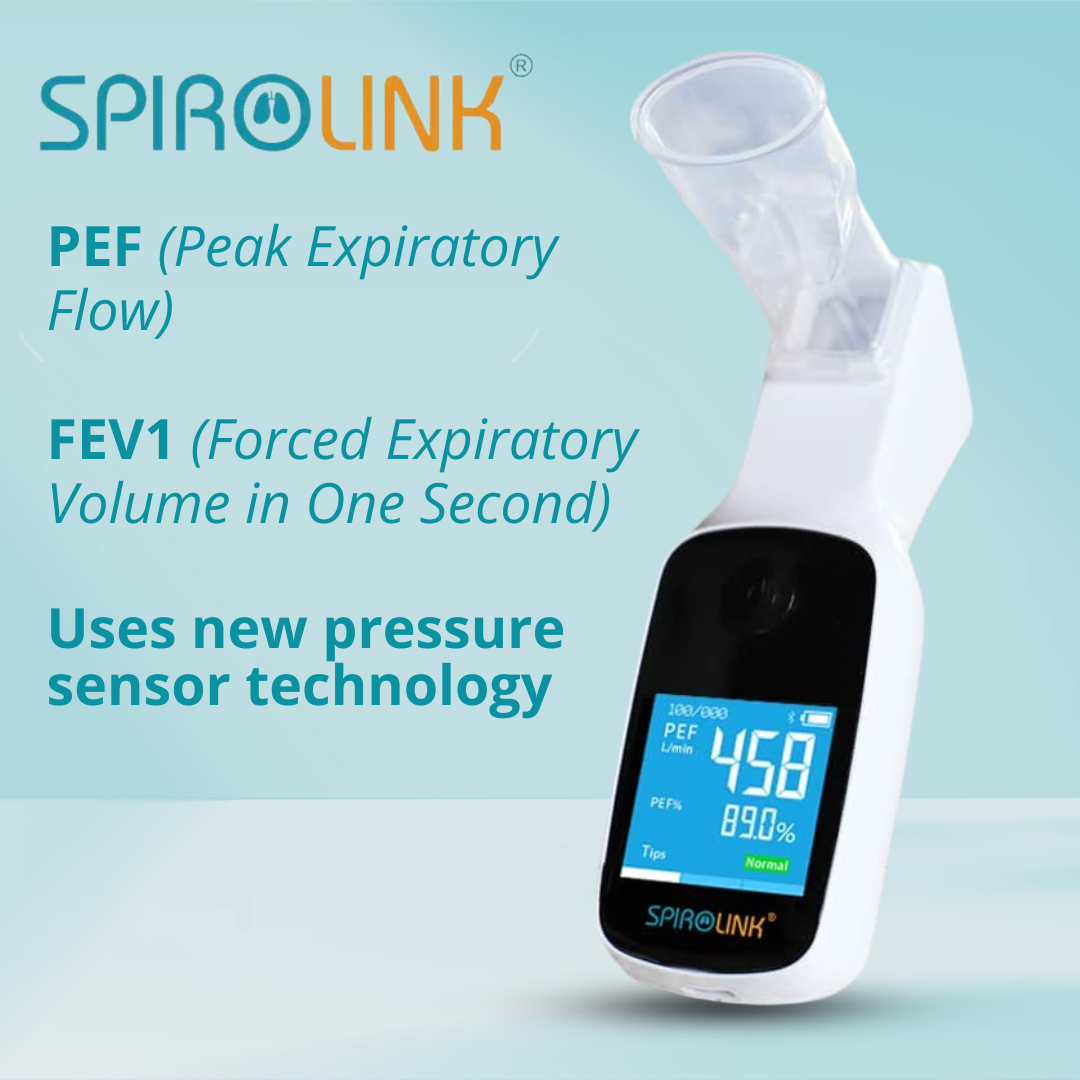

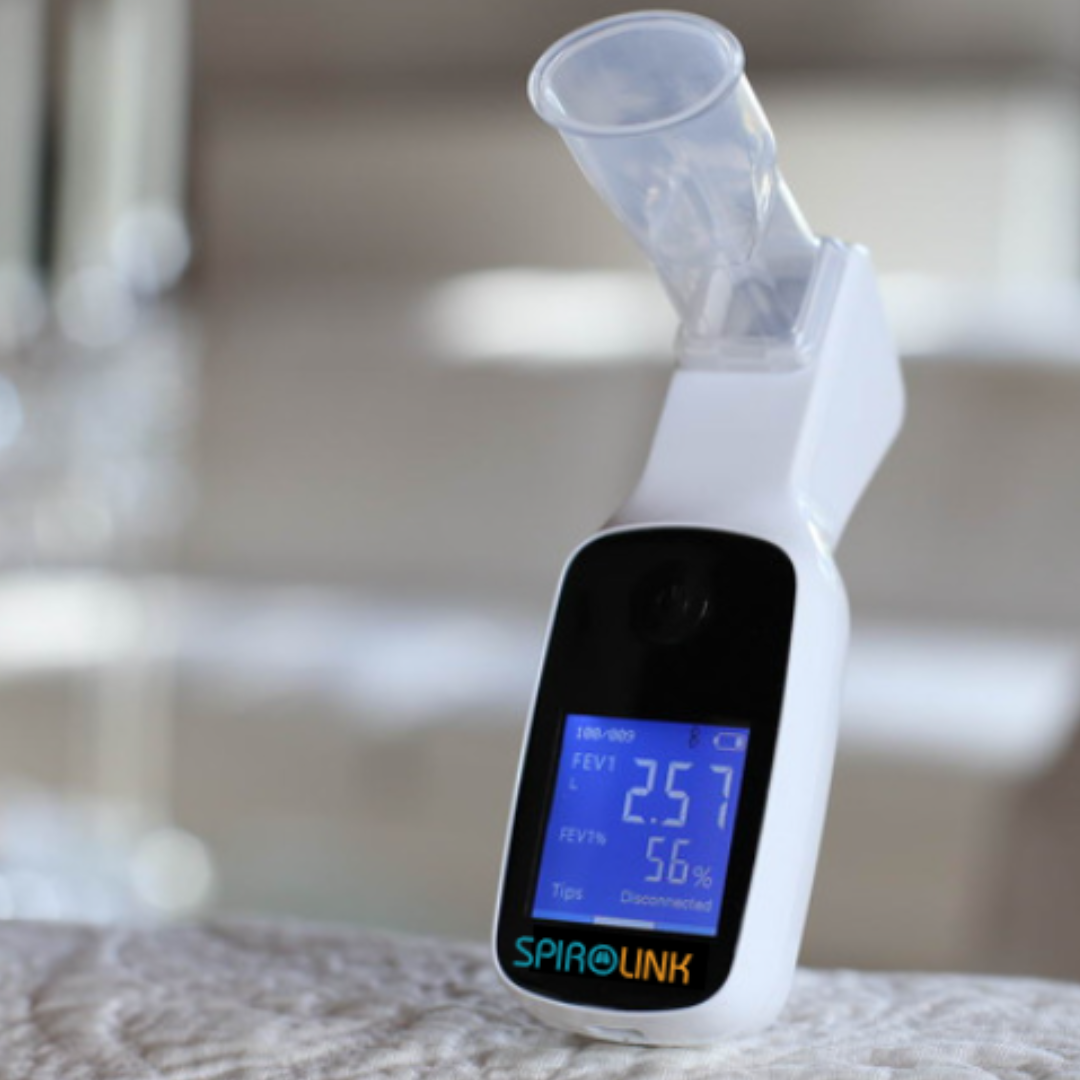
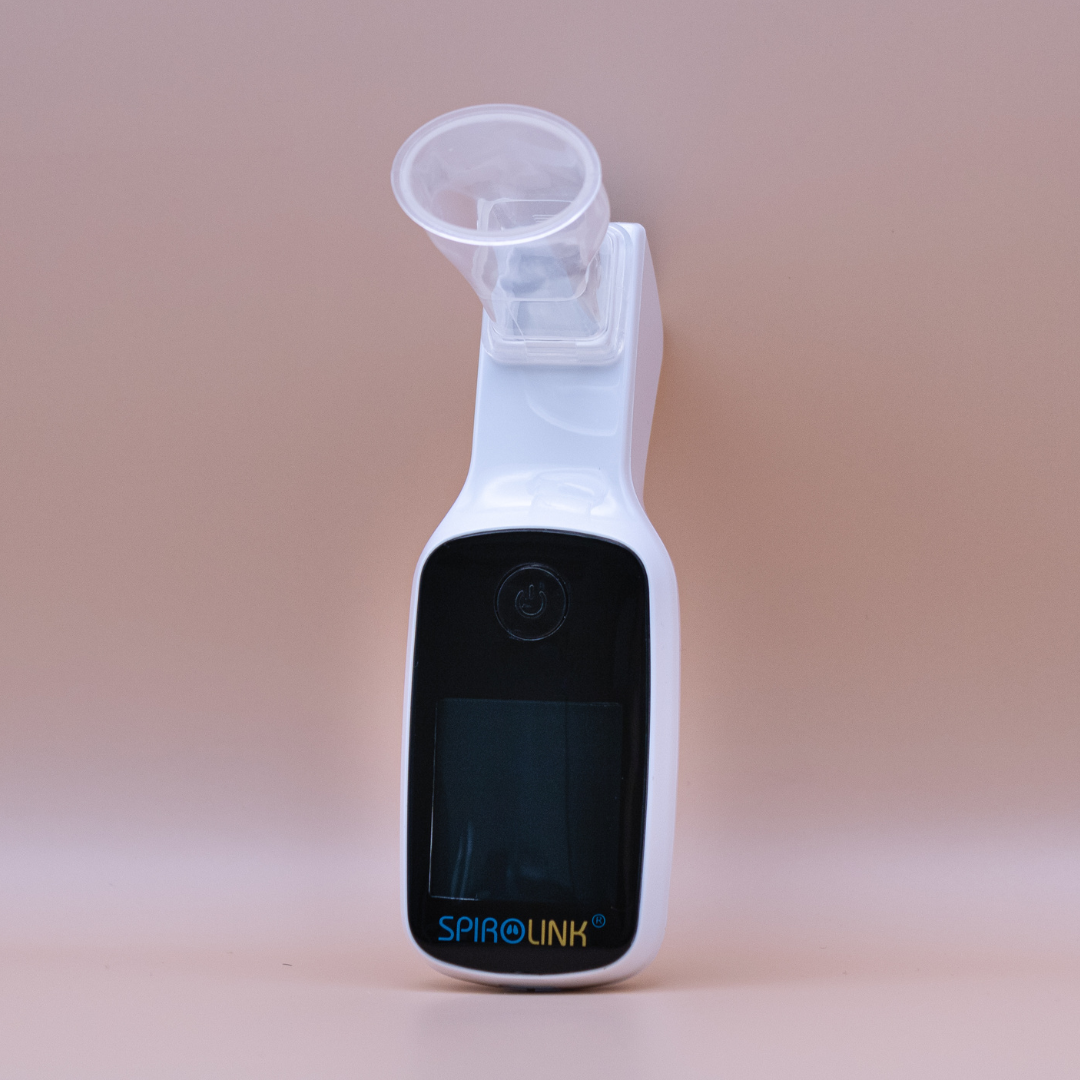

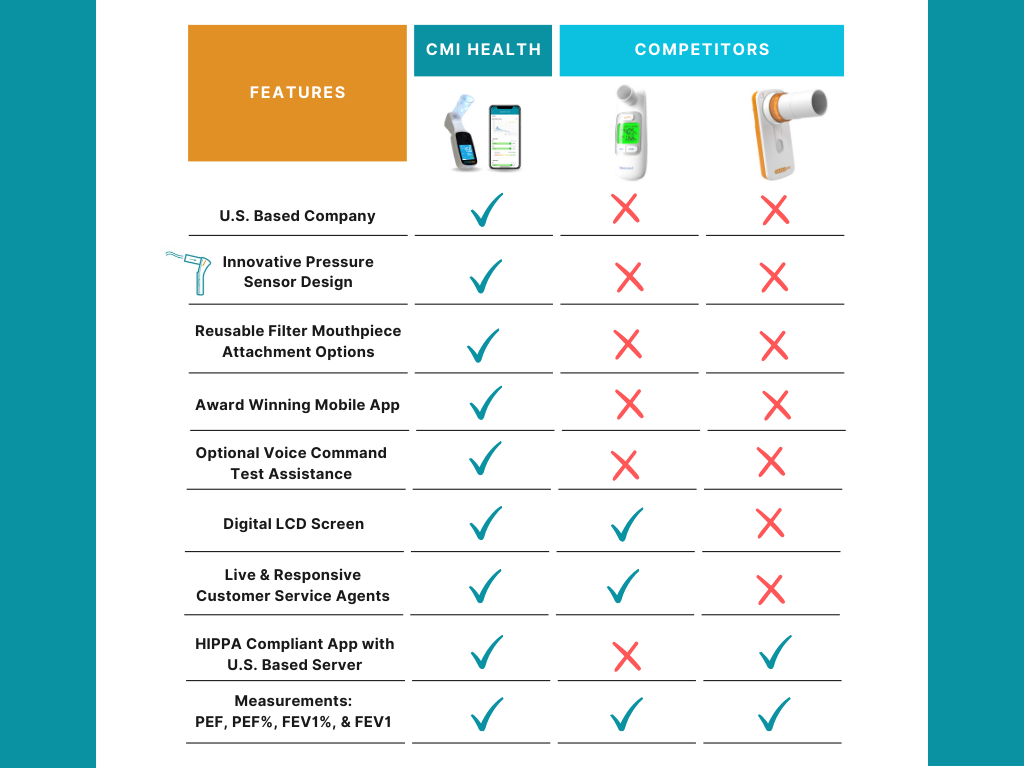
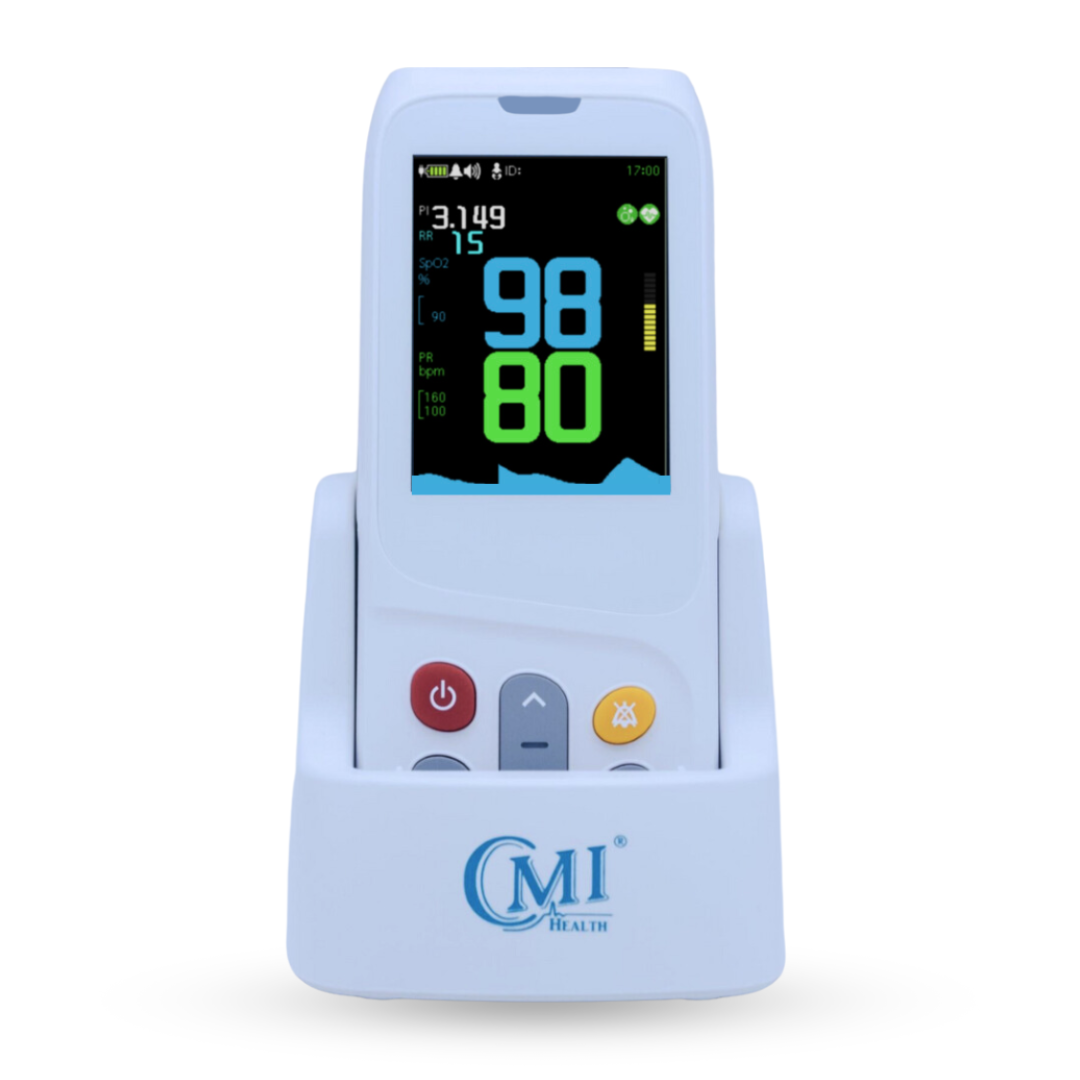
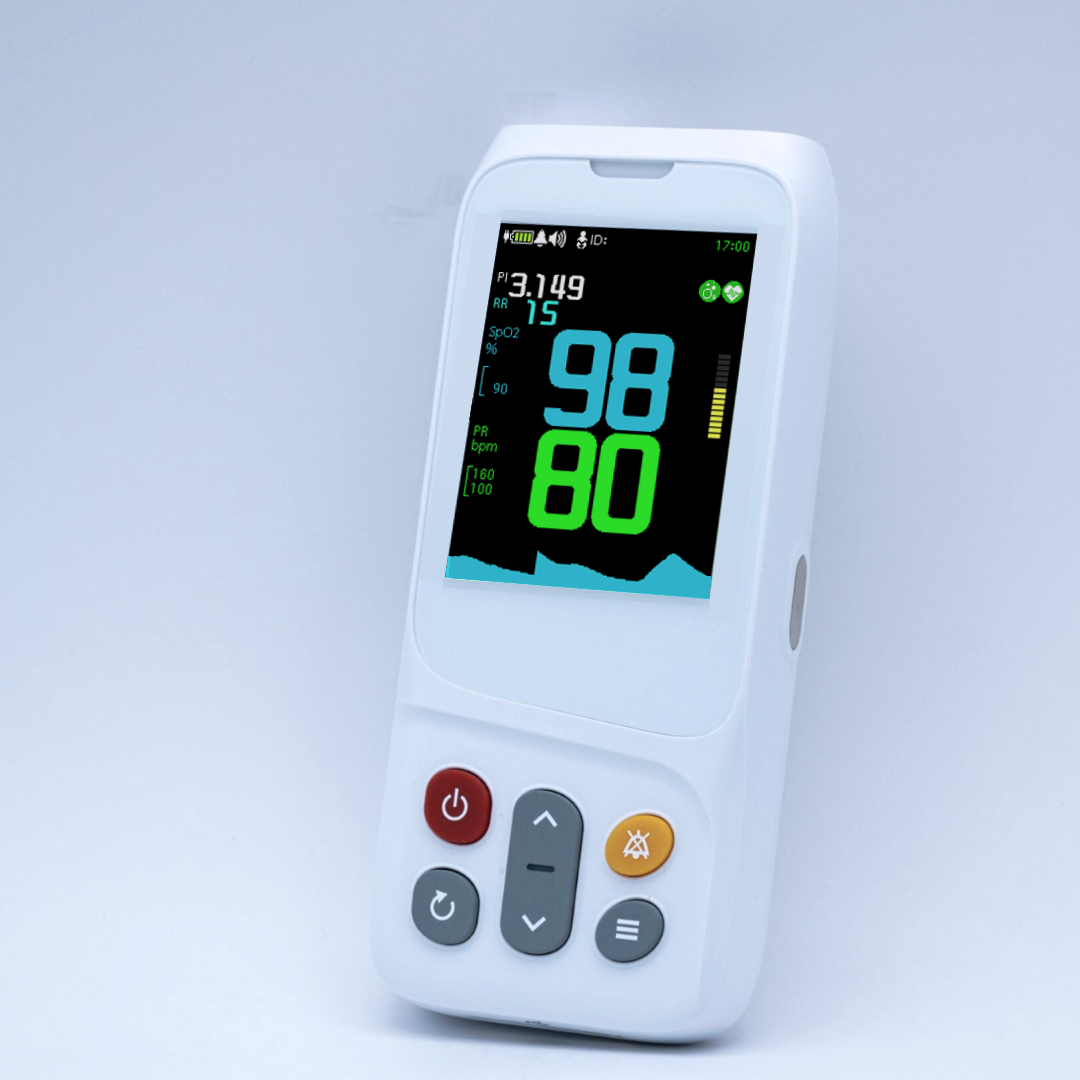
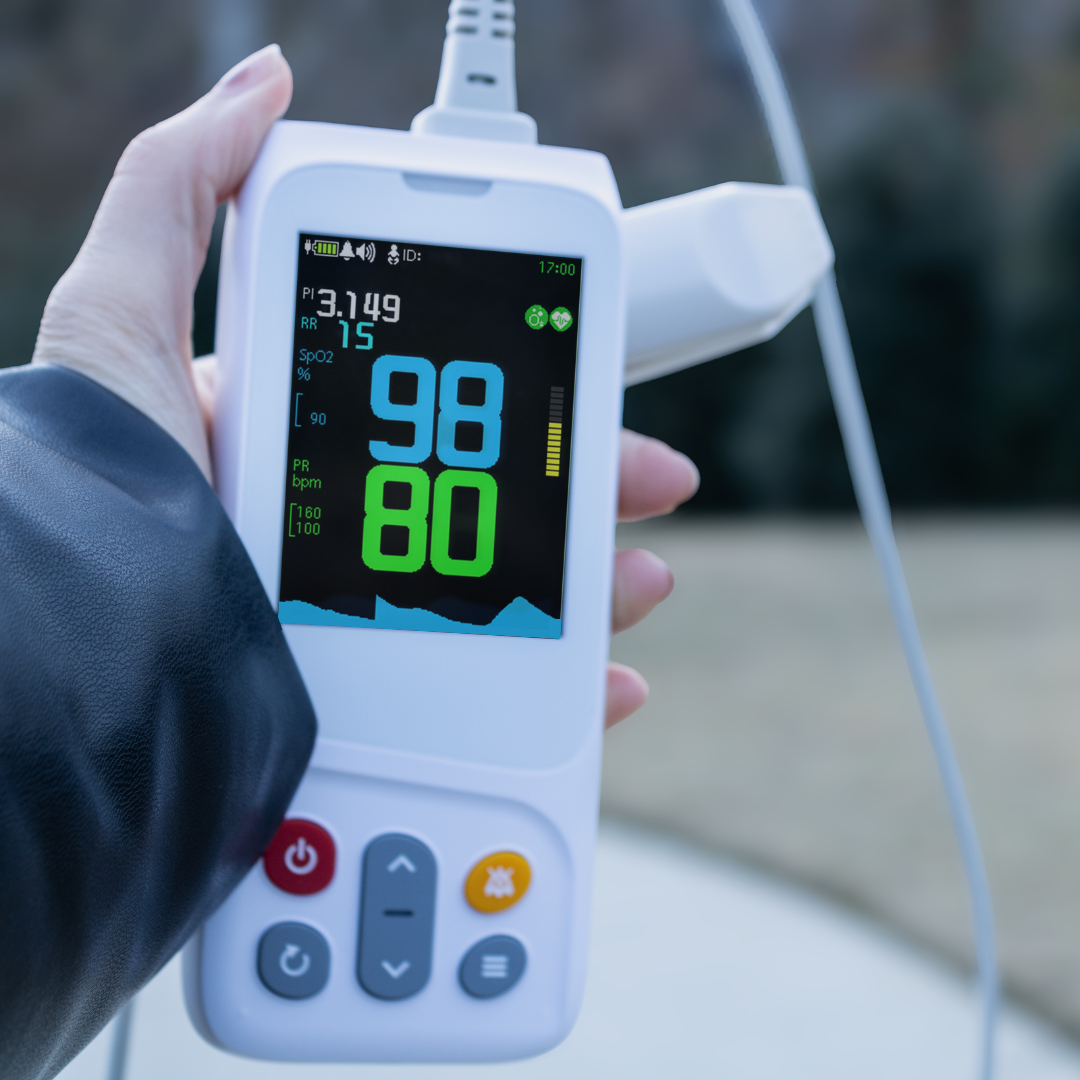
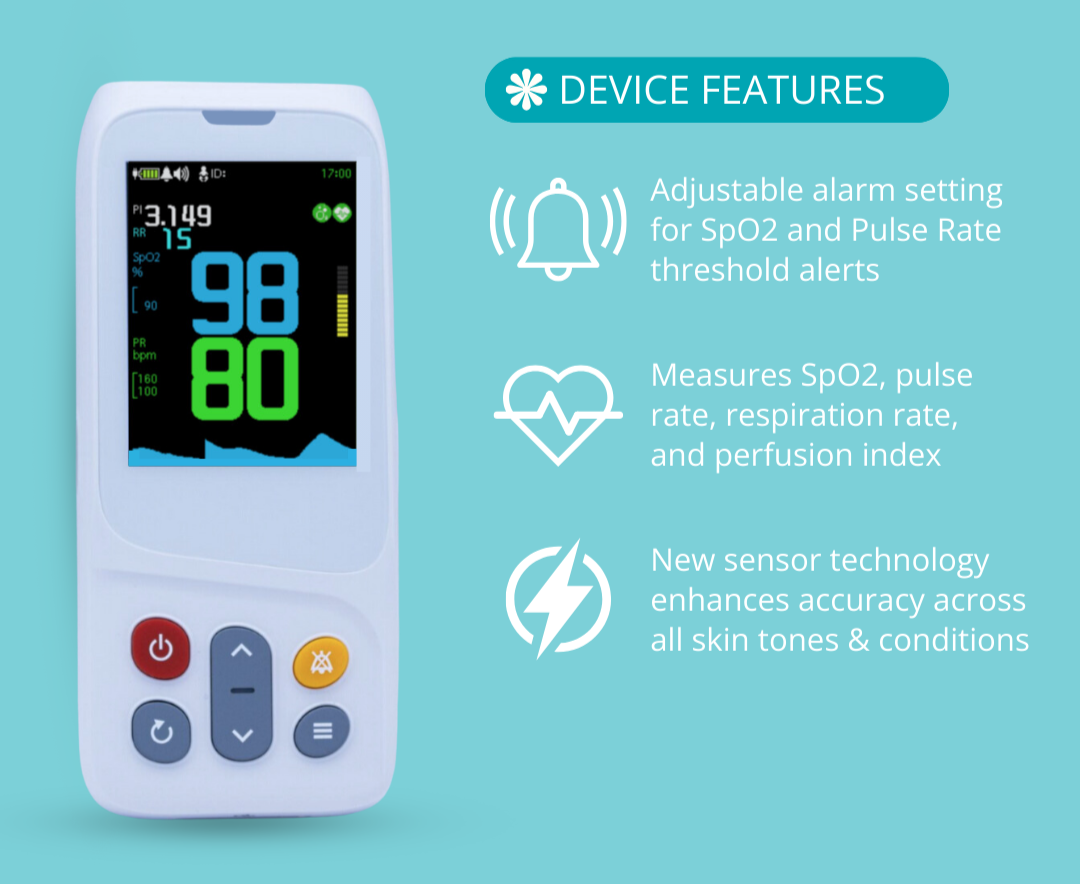
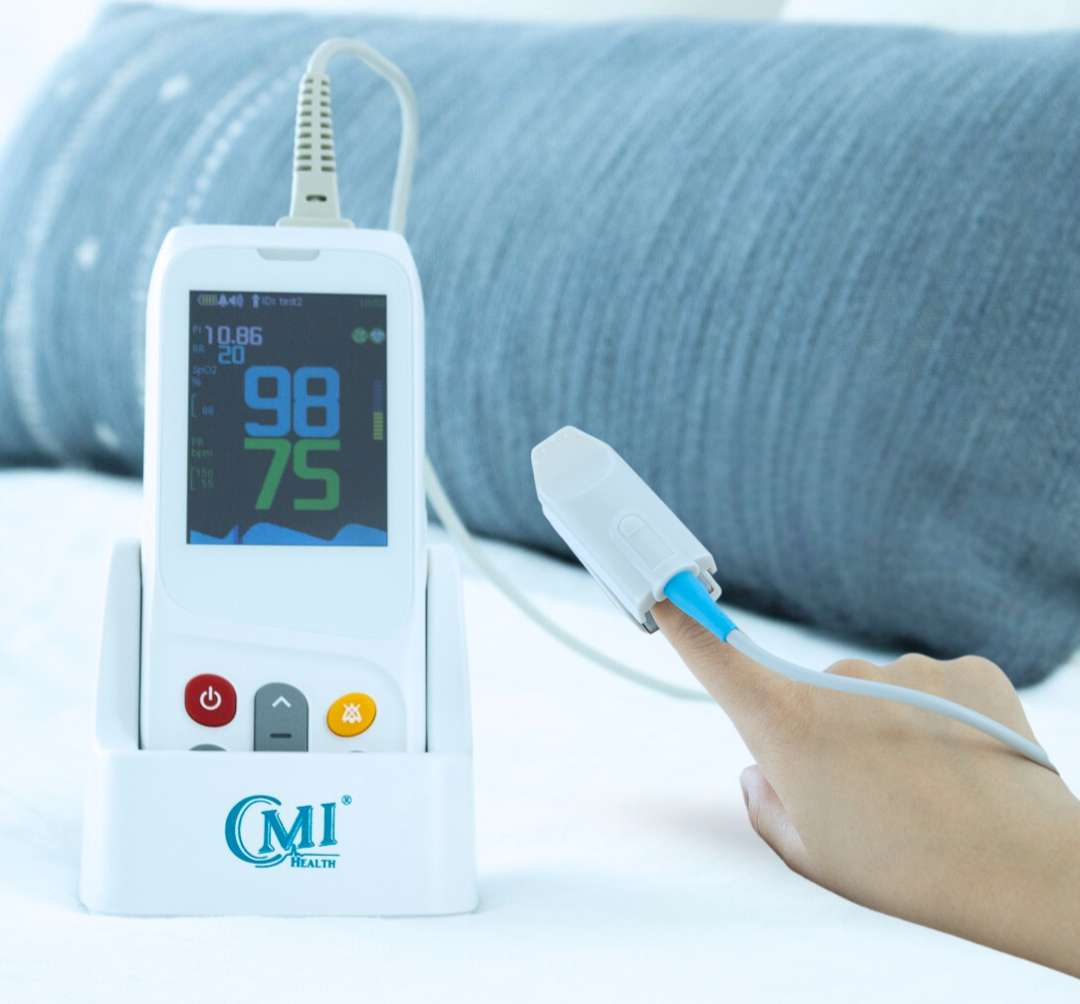
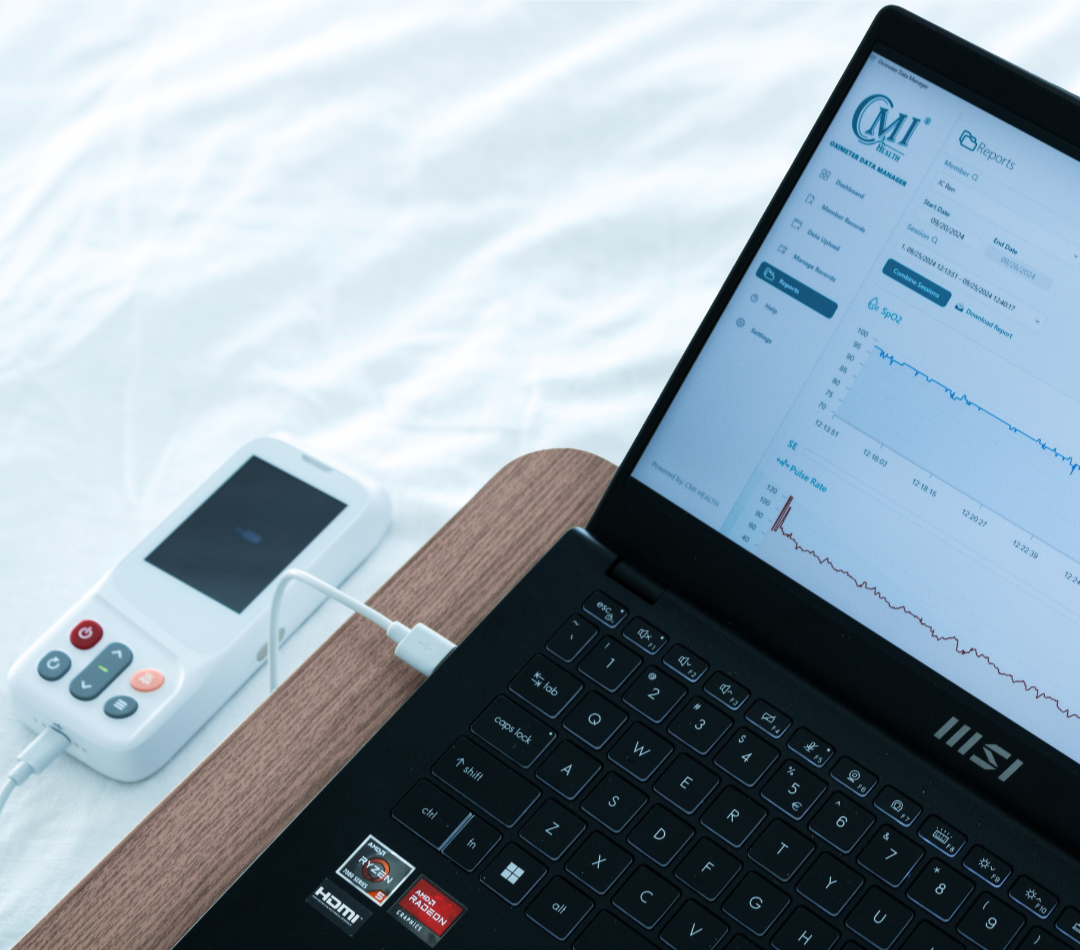
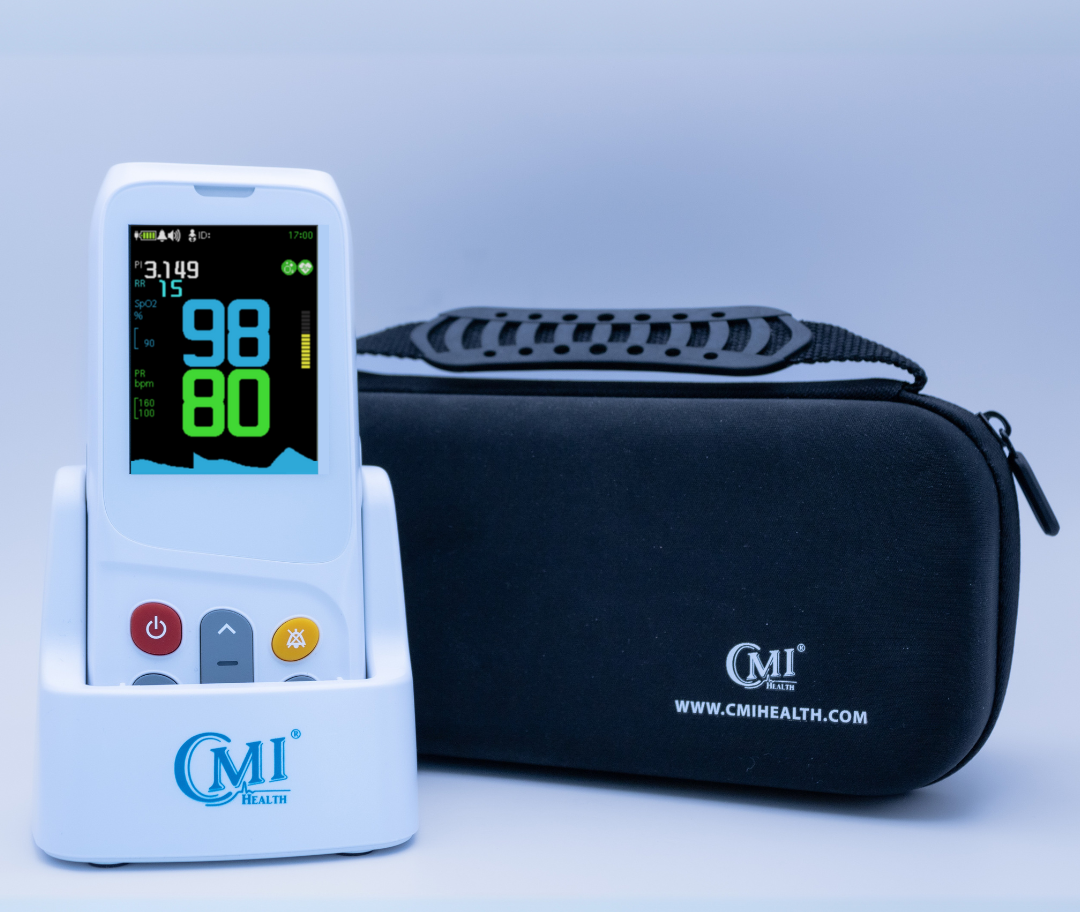
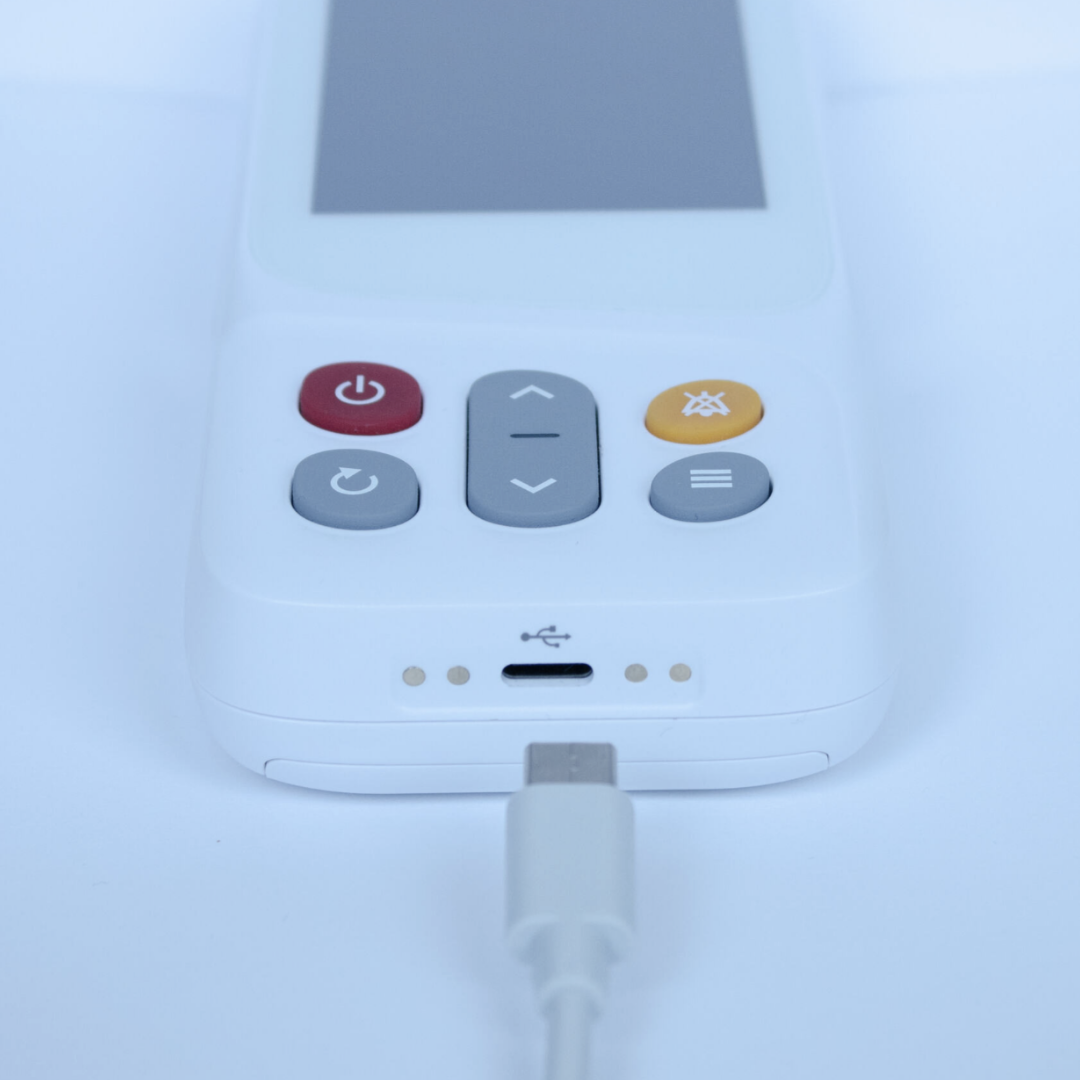
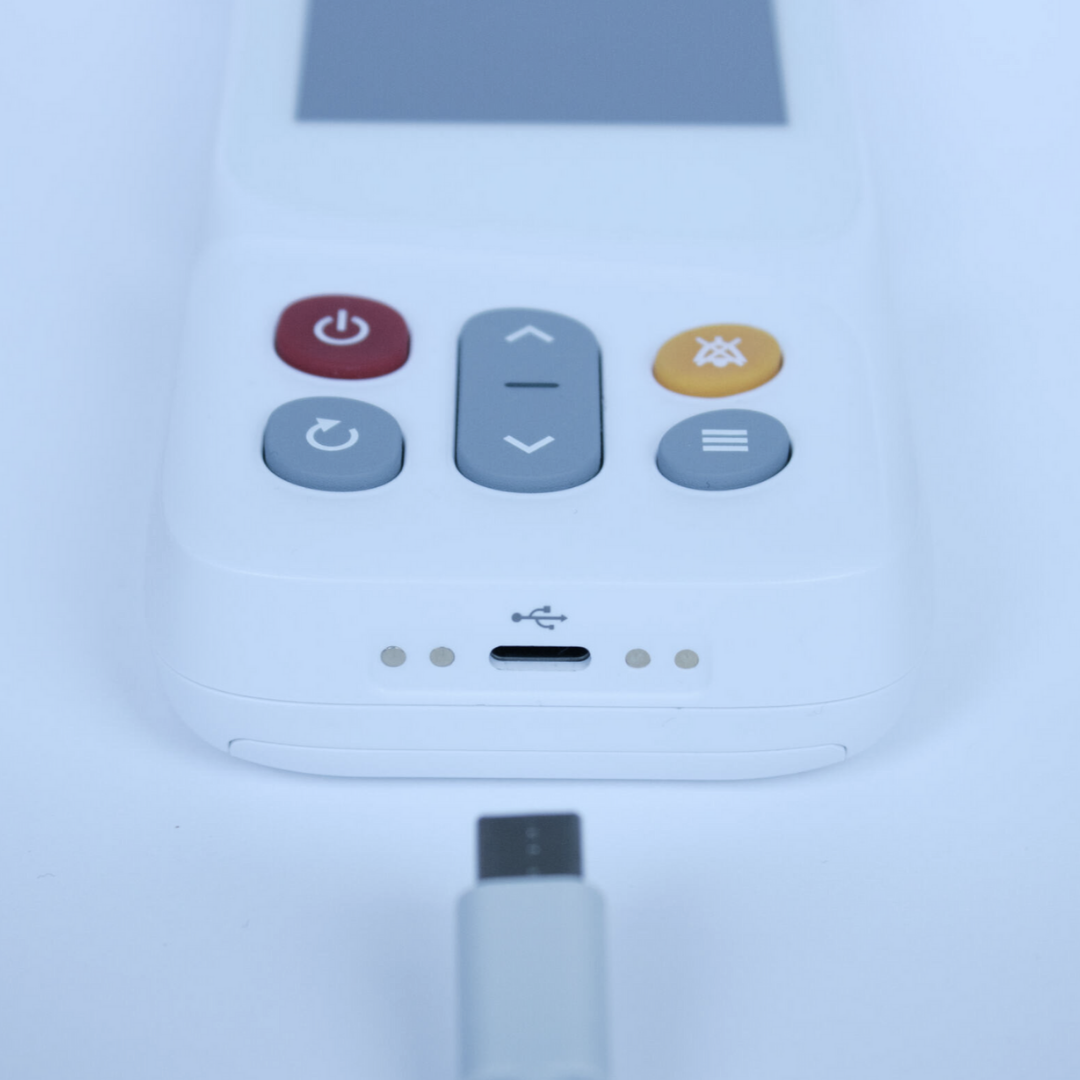
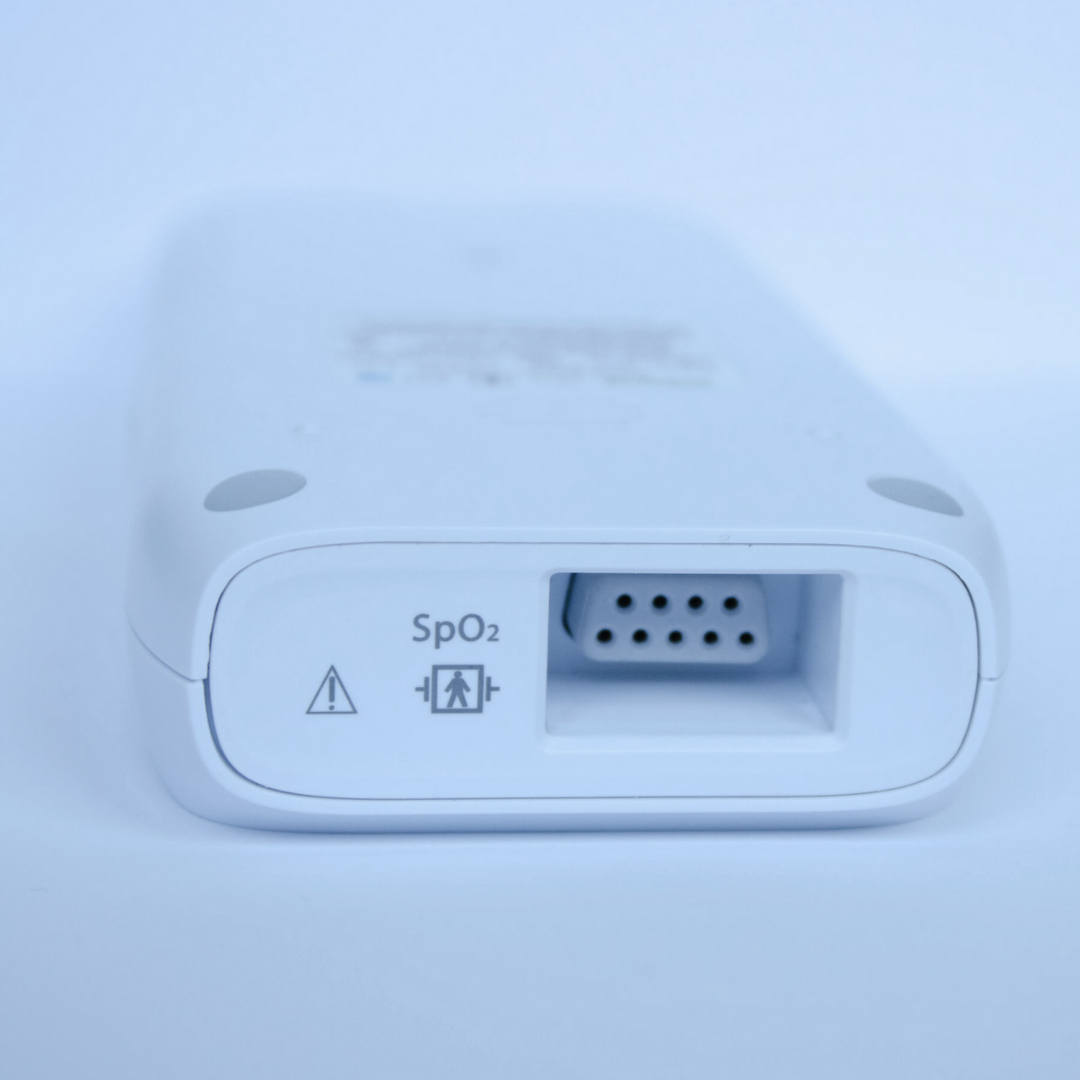
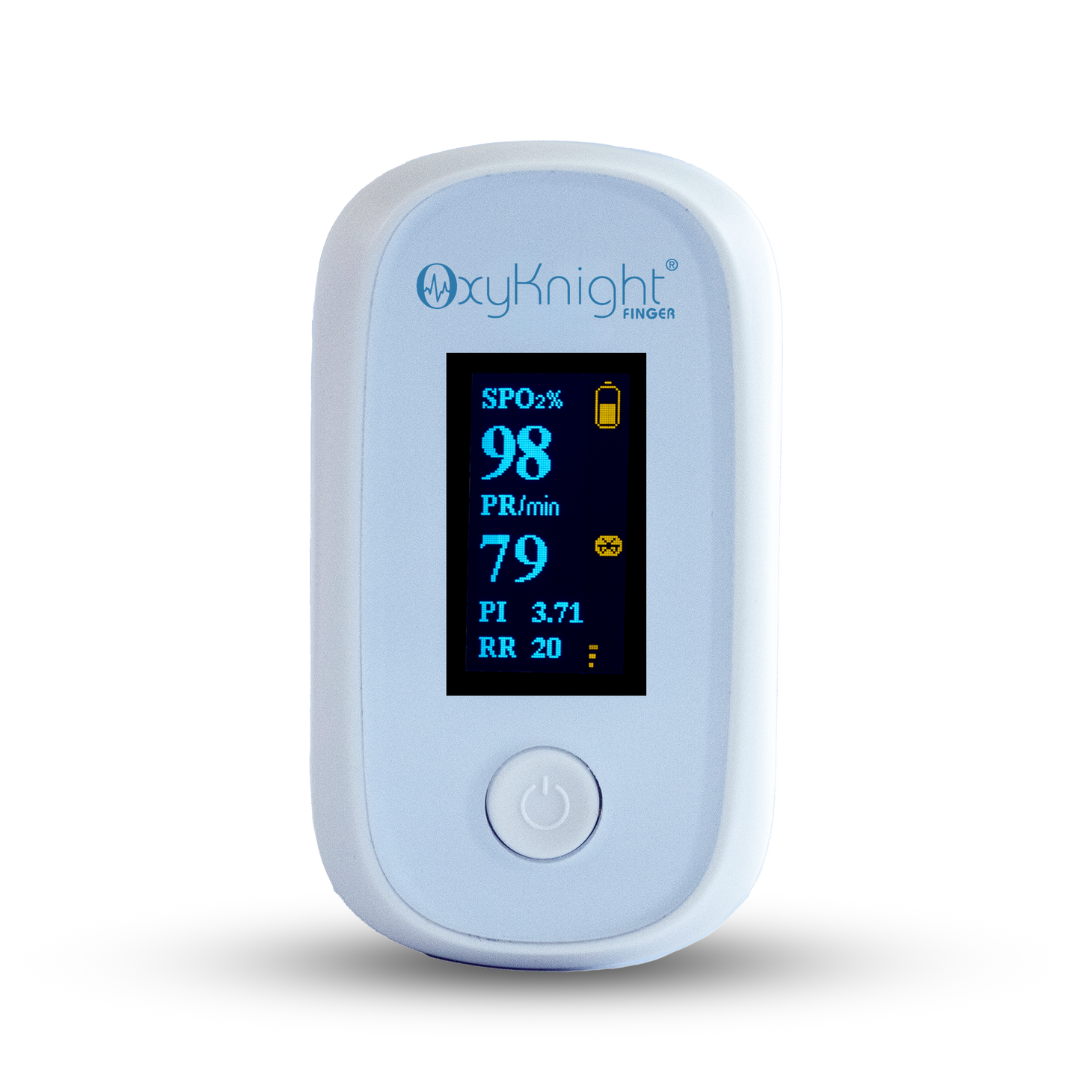












Leave a comment